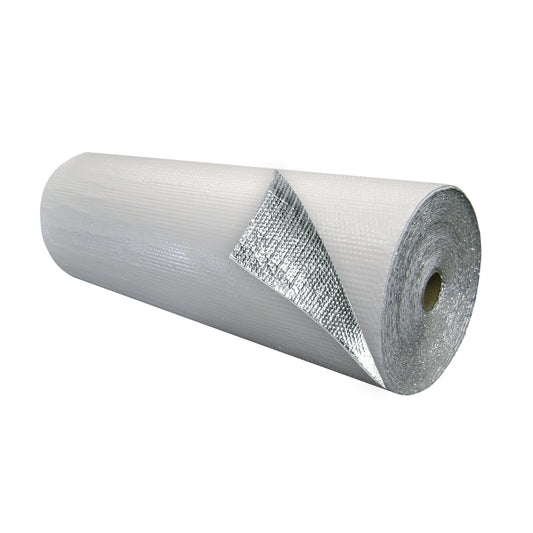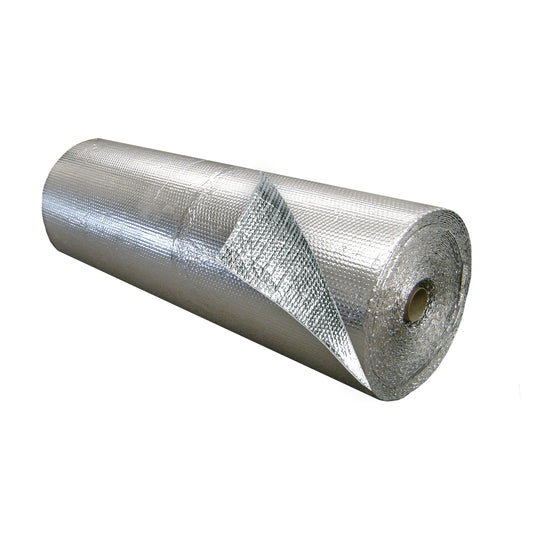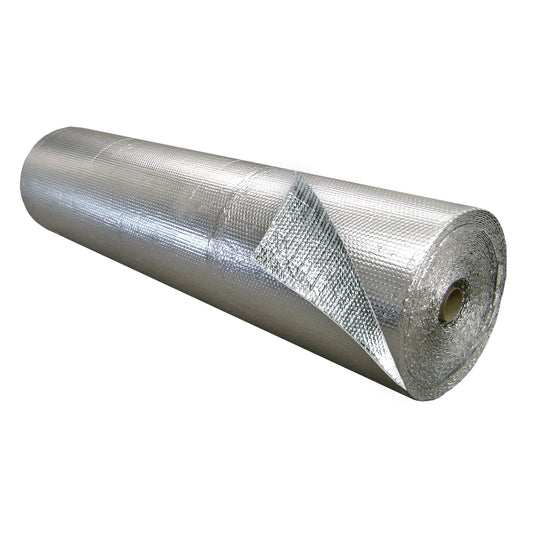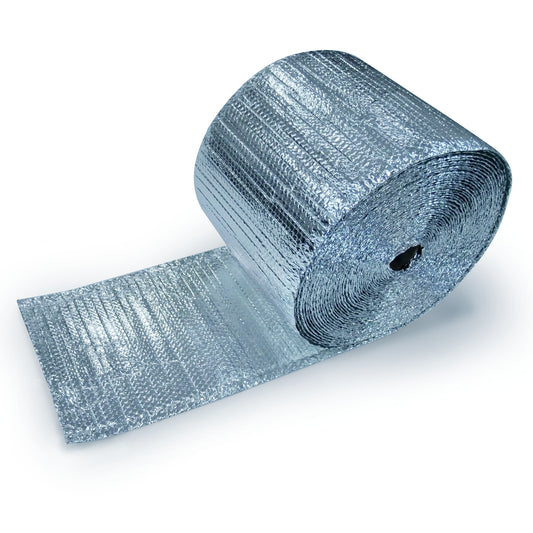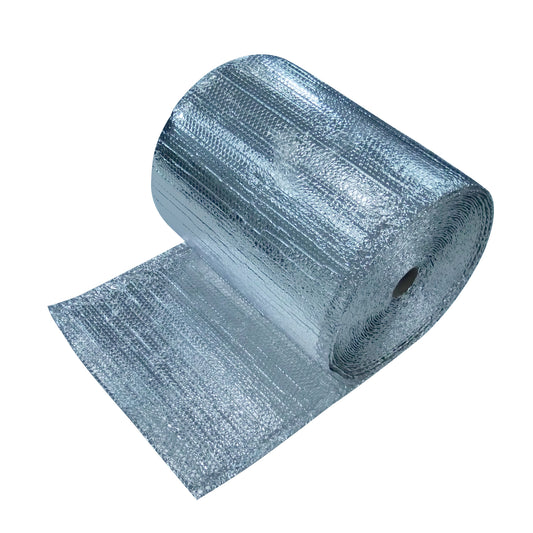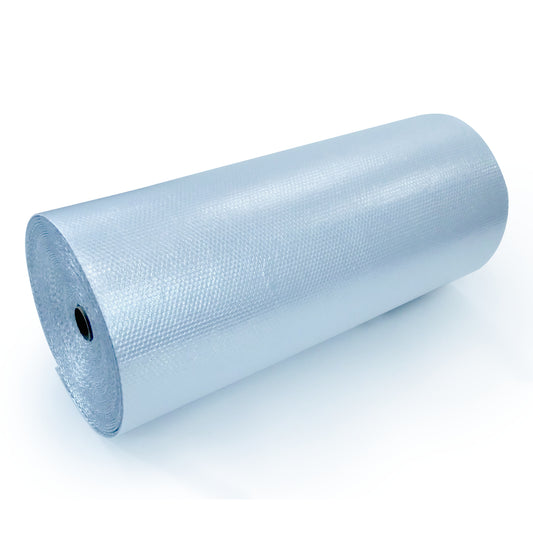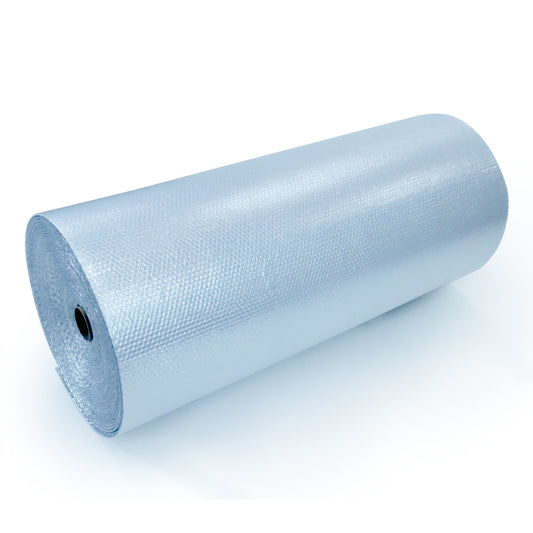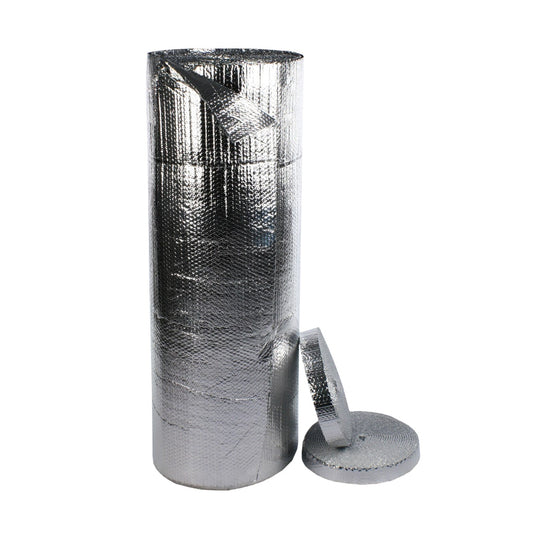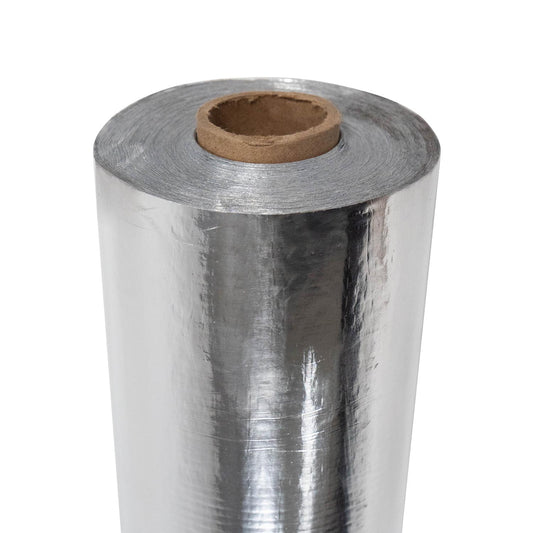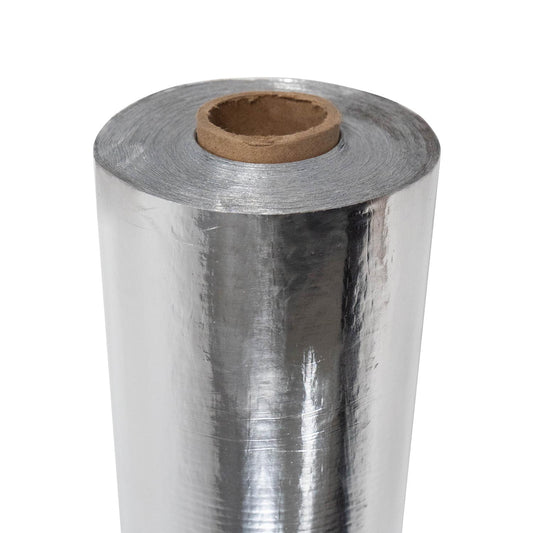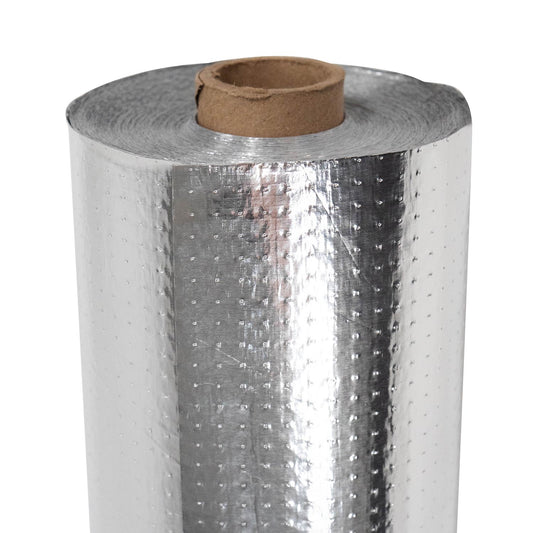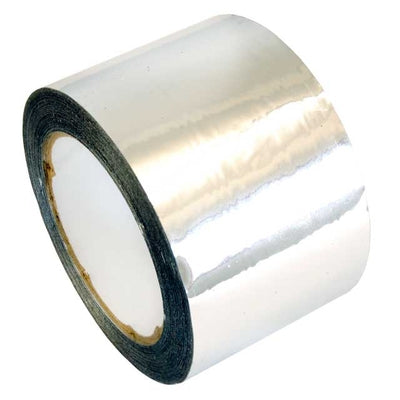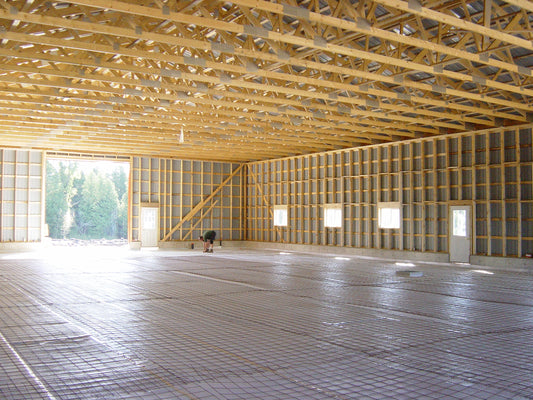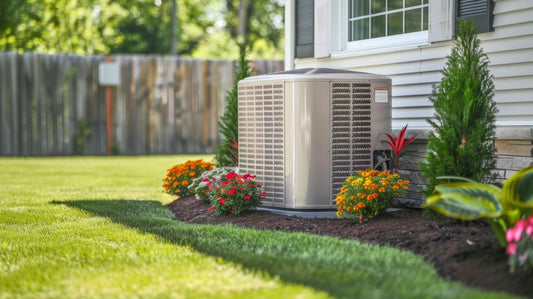Electric bills are on the rise
It's no surprise: heating and cooling a home consumes lots of energy, which means a heftier utility bill at the end of every month. For places that have both warmer and cooler temperatures, running your central air and/or heater is crucial to maintaining a comfortable living environment in your home. Couple that with shorter days in the winter, meaning more use of your lights and appliances, and you're looking to rack up some BIG energy bills.
According to the U.S. Energy Information Administration (EIA), the average home electric bill in 2020 cost $117.46. With costs of goods and services hiking up all around us, it makes sense that people are finding ways to cut back on things that help soften the blow of having higher monthly bills - one of them being reducing the consumption of electricity in their homes.
Heating and cooling can make up a good chunk of your home electric bill, so it's important to take good care of your home's ventilation system and prevent air from escaping that would cause your central air or furnace to kick on even more.
Follow our five tips to help you get started on shrinking your monthly electric bill.
5 Ways to Reduce Your Electric Bill

-
Keep your filters and vents clean, and close off unused rooms
Make sure to check the filters of your central heat or central air unit. These filters should generally be changed out every 90 days to ensure a clean, dust-free ventilation for your home. You'll also want to check that all your vents are open and free of any dust or dirt that has collected in your filters.
If you have an empty room in your home that you don't use, you can save money by simply closing up those vents. This, however, doesn't prevent 100% of the air from getting through. For better sealing, use magnetic vent covers to ensure that any air - warm or cool - does not leak into the empty room. These insulation products can help you save 10% on your monthly electric bill.

-
Seal up windows and doors properly
You may have a problem if you feel a draft coming from your closed windows and doors. Poor sealing around these areas make up for most of the heat loss in your home. Check for any cracks around these areas and patch them up with materials like weather strip, caulk, or shrink wrap. By doing this, you can reduce energy loss in your home by up to 30 percent.

-
Program your thermostat
Installing a programmable thermostat is a great way to help you save energy in your home. Instead of wasting electricity heating an empty home, program your thermostat to adjust temperatures at certain times during the day. While you're away, you can set your home's temperature to be lower in the winter and higher in the summer.

-
Manage your electrical usage
You can reduce the amount of energy used to help ease the blow of your monthly electric bill. Find items throughout your home like electronics, appliances, and lights that can be shut off, unplugged, or replaced for more efficient running.
Changing out your lightbulbs for more efficient ones can save up to 80 percent on energy used for lighting in your home. Look for energy-efficient options like CFL or LED bulbs that will use 75-80 percent less energy than standard light bulbs will.
You can also turn off home electronics when they are not in use. Home electronics account for about 20 percent of the energy in most homes. Some of these electronics, like TVs and game consoles, use more energy than others and will even use energy when they aren't on or are in sleep mode. If you have a lot of electronics in one area, plug them all into a single power strip with an on/off switch so you don't have to worry about wasting energy on unused electronics.

-
Install radiant barrier in your attic and HVAC units.
Whether you live in a warm or cold climate, EcoFoil® radiant barrier significantly reduces the amount of radiant heat entering or leaving your home. This is a simple and cost-effective solution that will keep your home or business cooler in the summer and warmer in the winter. As an added benefit, you'll reduce your impact on the environment and save you money on your energy bills in the long run.
The best place to use radiant barrier to help conserve air in your home is in the attic. As the sun beats down on your roof, the shingles heat up and warms the attic insulation, which radiates heat into your home long after the sun goes down. Install radiant barriers on your attic floor to repel radiant heat from entering your home, keeping your living space nice and comfortable.
You can also install HVAC bubble insulation to ensure the conditioned air maintains its temperature as it travels through the duct. Our Big 8 HVAC duct wrap insulation is proven to keep your heating and air conditioning units operating efficiently, improving the comfort of your indoor spaces and saving you money on your utility bill in the process.
- See How to Cool an Attic for more on attic insulation.
- See our HVAC Insulation page for more on HVAC insulation.
More Articles You May Like:
Double vs. Single Bubble Insulation: What Works Better?
LEED & Green Building: What Do They Mean?
Tiny House Living in 300 Sq. Ft.
If you would like to learn more about EcoFoil®, contact one of our technical experts by email or by calling 1-888-349-3645.


